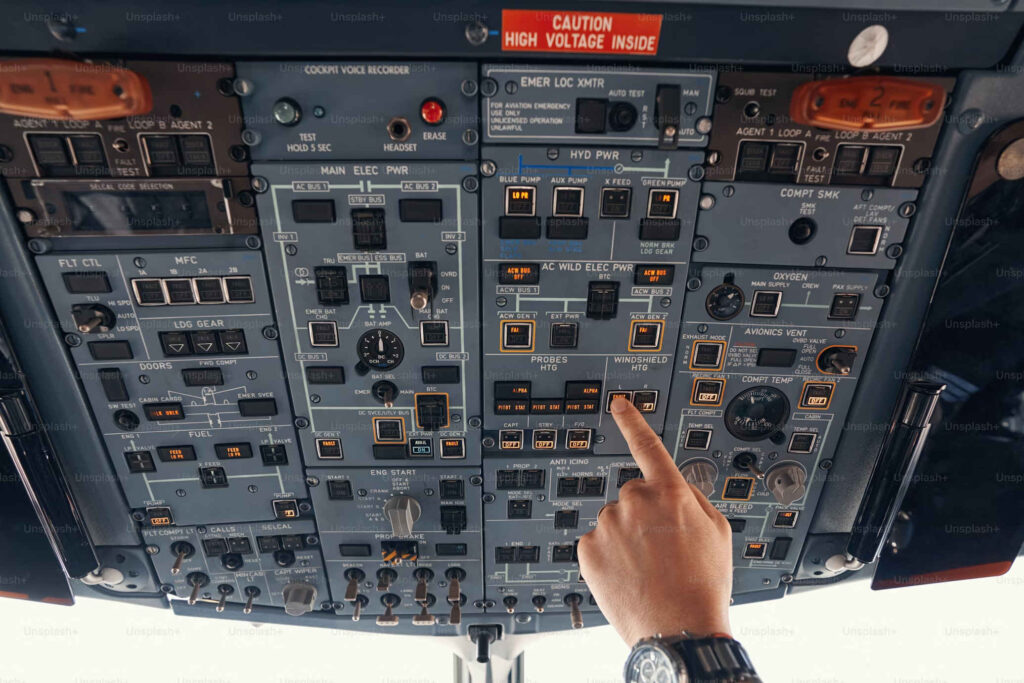
737-800 jets such as the Jeju Air flight that crashed on Sunday are used by most of the country’s budget carriers.
South Korea’s Ministry of Land, Infrastructure and Transport is set to conduct a special inspection of all Boeing 737-800 jets operated by the country’s air carriers, Yonhap news agency reported on Monday.
The move comes a day after a Jeju Air Boeing 737-800 carrying 181 people from Bangkok belly-landed, skidded off the runway and exploded after slamming into a wall at Muan International Airport, some 290km southwest of Seoul.
The cause of the tragedy that has claimed the lives of 179 people is currently under investigation, with preliminary findings pointing to a landing gear malfunction. Two crew members survived and are being treated for injuries.
Boeing 737-800s are mostly operated by low-cost domestic airlines. Jeju Air currently has 39 of the planes in its fleet, while 62 are operated by T’way Air, Jin Air, Eastar Jet, Air Incheon, and Korean Air.
On Monday, local media reported that another Boeing 737-800 operated by Jeju Air had returned to an airport in South Korea shortly after departure due to the same landing gear issue.
Earlier, South Korea’s acting President Choi Sang-mok ordered an emergency safety inspection of the country’s entire airline operation system “to prevent recurrence of aircraft accidents.”
“Even before the final results are out, we ask that officials transparently disclose the accident investigation process and promptly inform the bereaved families,” Choi said, explaining that the top priority was to identify the victims, support their families, and treat the two survivors.
Local media outlets had previously reported that the authorities believed that the airliner had been hit by a flock of birds, which caused its landing gear to malfunction. However, aviation experts questioned this theory in an interview with Reuters.
Image credit: Getty Images
Looks like the H1B visa’s, DEI hires and the policy of having 1 qualified maintenance guy supervising 5-6 unqualified Indians is starting to bite hard.
Oddly Boeing whistleblowers with ‘safety concerns’ tend to commit suicide quite frequently these days.
Just an obvious observation obviously.
Those operators of the 737-800 should get rid of the ‘fly by wire’ systems that are prone to radio and microwave interference and the ‘Flight Management Computers (3)’ that interrogate each other with no problem solving / corrections as the end result!
I’ll take push-rods, cables and pulleys with hydraulic assistance for the primary and secondary flight controls anytime…
However,
The Garmin GPS Systems can stay on board as long as they are independently wired with shielded harnesses.
https://dailytelegraph.co.nz/tech/faa-fears-5g-could-affect-wide-range-of-aircraft-systems/
https://dailytelegraph.co.nz/tech/us-aviation-authority-raises-5g-risks-days-ahead-of-launch/
https://dailytelegraph.co.nz/tech/5g-roll-out-in-us-suspended-over-aircraft-safety-fears/
REMEMBER- 5G is a microwave spectrum!
In the meantime, the 737-800 has had a change of aerodynamics when it was re-engined with the latest 800-series power plants. The slap-dash approach was to bring the top of the engine level and in-line with the top portion of the wing in that area. whereas the previous engines had pylons that were 21 degrees lower, and allowed for uninterrupted airflow over the top of the wing with a clean chord.
Boeing would do well to retrofit the 737 by pulling the engines and pylons OFF of the wings and mounting the two engines in the rear of the fuselage, a proven safe design that has been time-tested on the 727’s and the DC-9’s / MD-80’s along with a ‘T’-Tail that remains fully controllable in an undisturbed layer of dynamic airflow.
This allows for a ‘clean wing’ and eliminates asymetrical thrust in the event an engine loses power at a critical stage in flight.
Boeing is said to be experimenting with the largest turbofan engine to date on the 747, with that model being converted to a twin-engine configuration. (see below)
https://www.youtube.com/watch?v=Q3-vlcHpUOU
https://www.youtube.com/watch?v=yPm0buwRh8I
We must be mindful that the MSM and Alternative News Sources have yet to report on this., so-
Many thanks to the DTNZ for allowing unfettered comments to their articles, even if such are not ‘politically-correct’ and in keeping the universal right to free speech, opinions and commentaries!